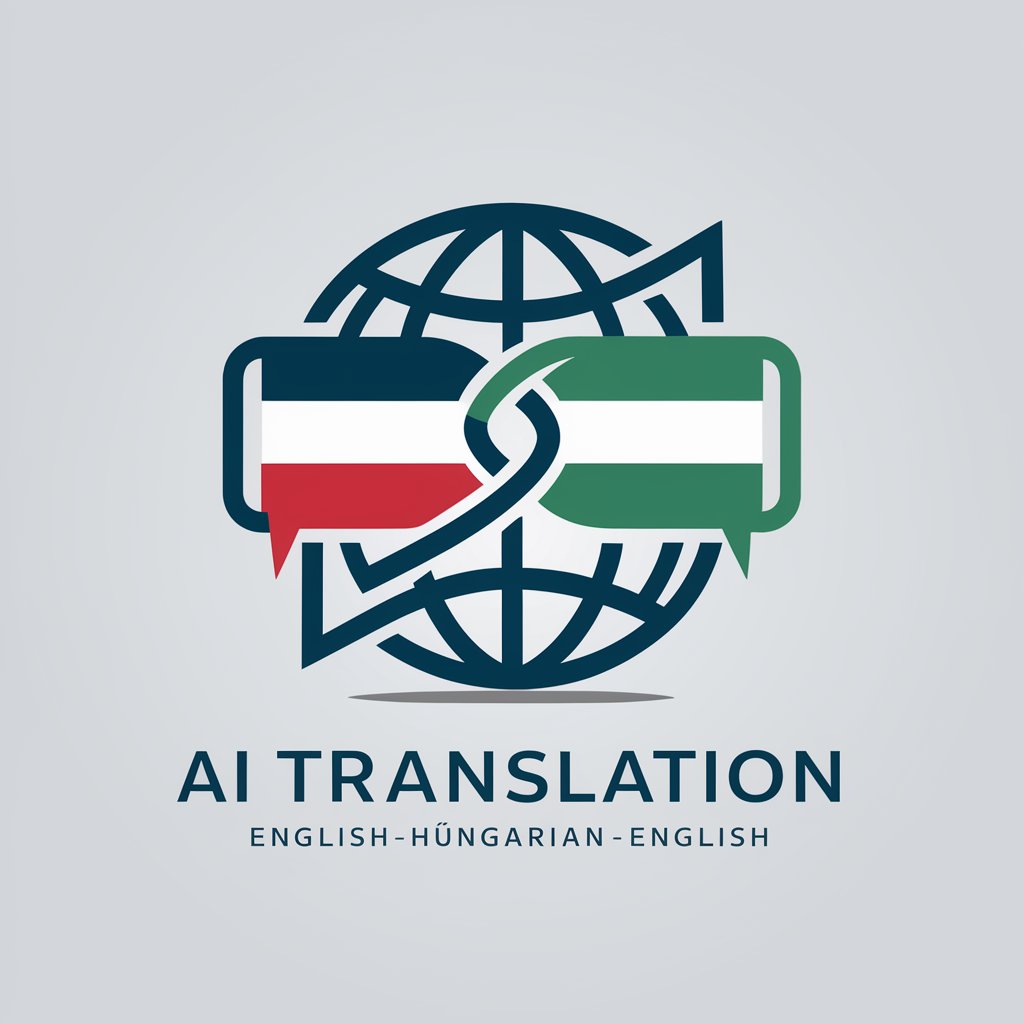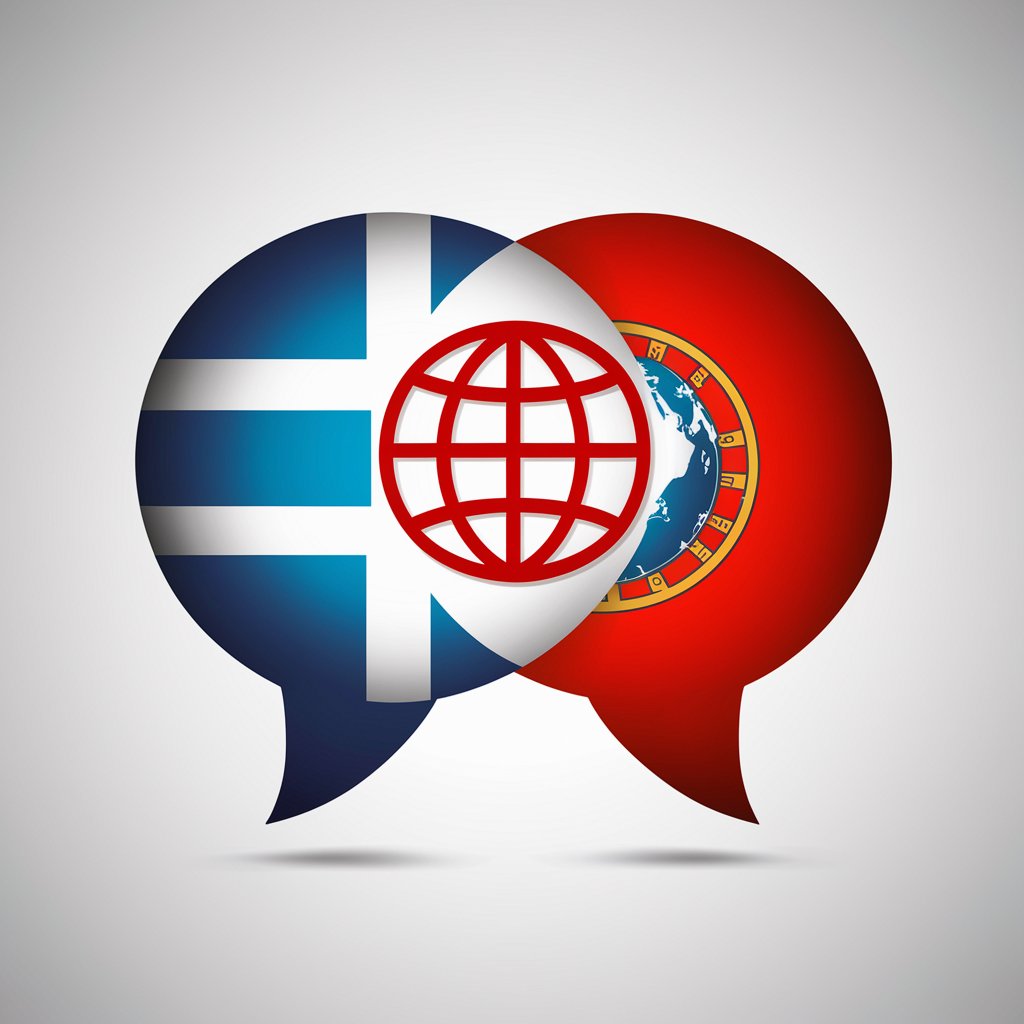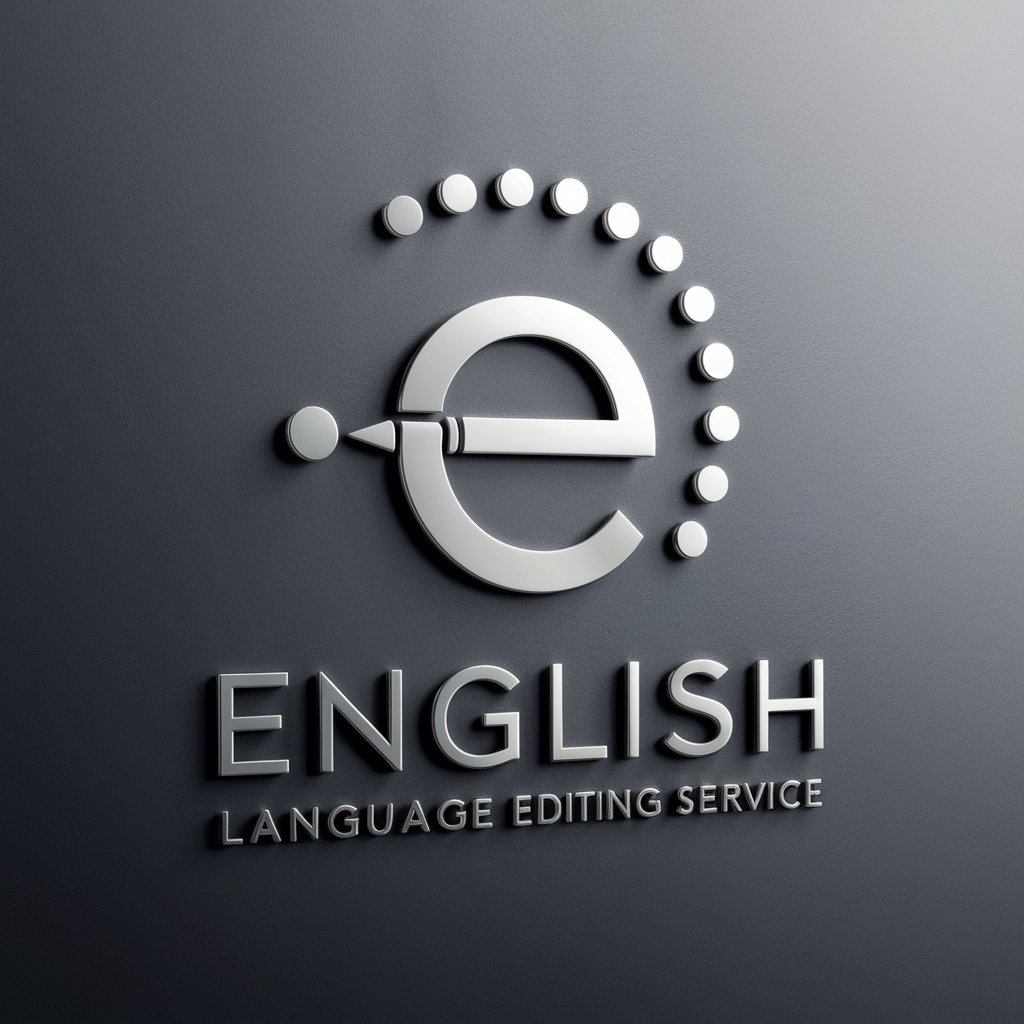English-Hungarian/Hungarian-English - AI-Powered Language Tool

Welcome to your English-Hungarian translation assistant!
Bridging Languages, Cultures, and Contexts
Translate the following English text into Hungarian:
How do you say 'thank you' in Hungarian?
Can you help me understand this Hungarian phrase?
What is the correct translation for this Hungarian word?
Get Embed Code
Introduction to English-Hungarian/Hungarian-English
English-Hungarian/Hungarian-English is designed to serve as a linguistic bridge facilitating translation, understanding, and learning between the English and Hungarian languages. It aids in recognizing and adapting to accents, making it particularly useful for users with distinct pronunciations or those facing challenges with precise articulation. This feature allows for a better grasp of different accents and dialects, tailoring the service to meet individual user needs, thereby offering a more customized and personalized experience. Powered by ChatGPT-4o。

Main Functions of English-Hungarian/Hungarian-English
Translation
Example
Translating texts, phrases, and words from English to Hungarian and vice versa.
Scenario
A user looking to understand a document written in Hungarian can get a translation into English, ensuring clarity and comprehension.
Learning Assistance
Example
Providing definitions, examples, and pronunciations to aid language learning.
Scenario
A student learning Hungarian can use this service to look up unknown words, learn their usage in sentences, and hear their pronunciation.
Accent Recognition
Example
Adjusting to various English and Hungarian accents to improve voice recognition accuracy.
Scenario
A Hungarian speaker with a strong regional accent uses the service to issue voice commands or queries, and the system accurately recognizes and processes them.
Ideal Users of English-Hungarian/Hungarian-English Services
Language Learners
Individuals studying English or Hungarian, looking for resources to enhance vocabulary, grammar, and pronunciation skills. They benefit from translation services, learning tools, and accent recognition.
Travelers and Expatriates
People traveling to or living in Hungary or English-speaking countries who need to navigate daily communication, understand local dialects, and adapt to different accents.
Professionals
Business professionals and researchers working in cross-cultural environments who require accurate translation and language assistance to understand documents, communicate with colleagues, or present work in another language.

Using English-Hungarian/Hungarian-English
Begin with a Visit
Head to yeschat.ai for a free trial, allowing instant access without the need for ChatGPT Plus.
Identify Your Needs
Determine whether your focus is on translation, learning language nuances, or understanding cultural context. This clarity enhances the tool's effectiveness.
Utilize Features
Explore the tool’s features like direct translation, context examples, pronunciation guides, and cultural notes for a holistic learning experience.
Practice Regularly
Engage with the tool daily. Regular use improves language skills, familiarity with phrases, and understanding of contextual meanings.
Explore Advanced Options
Leverage advanced settings for specific needs, such as technical jargon translation or historical linguistics, to tailor the experience.
Try other advanced and practical GPTs
English Coach
Elevate Your English with AI

Portuguese/English - English/Portuguese translator
AI-powered, precise language translation

Image to Image Illustrator
Bringing your visual ideas to life with AI

Image Combiner
Blend Images Seamlessly with AI

Image Crafter
Crafting Realistic, Cinematic Portraits with AI

Image Mage
Bringing creativity to your images, powered by AI

english
Elevate Your English with AI Insight

English
Enhance Your English with AI

ENGLISH PROF
Seamless French-to-English translations, powered by AI

ua -> english
Seamless Ukrainian to English translations, powered by AI.

Data Interpretation from Telescopes
Unlocking the Secrets of the Cosmos with AI

AstroExplorer GPT
Exploring the cosmos with AI-powered precision

Q&A on English-Hungarian/Hungarian-English
Can it translate complex technical terms?
Yes, it's equipped to handle a wide range of subjects, including technical terminologies, by providing accurate translations and relevant context.
Does it offer pronunciation guides?
Absolutely. It provides pronunciation assistance to help users learn the correct way to say words and phrases in both languages.
Can it help with understanding cultural nuances?
Yes, it includes cultural notes and context to aid in comprehending how certain phrases and words fit within cultural practices.
Is it suitable for academic research?
Definitely. It's a valuable tool for students and researchers for translating academic papers and understanding subject-specific jargon.
How does it adapt to different dialects?
It recognizes and adjusts to various dialects, offering translations that are accurate within the specific cultural or regional context.
